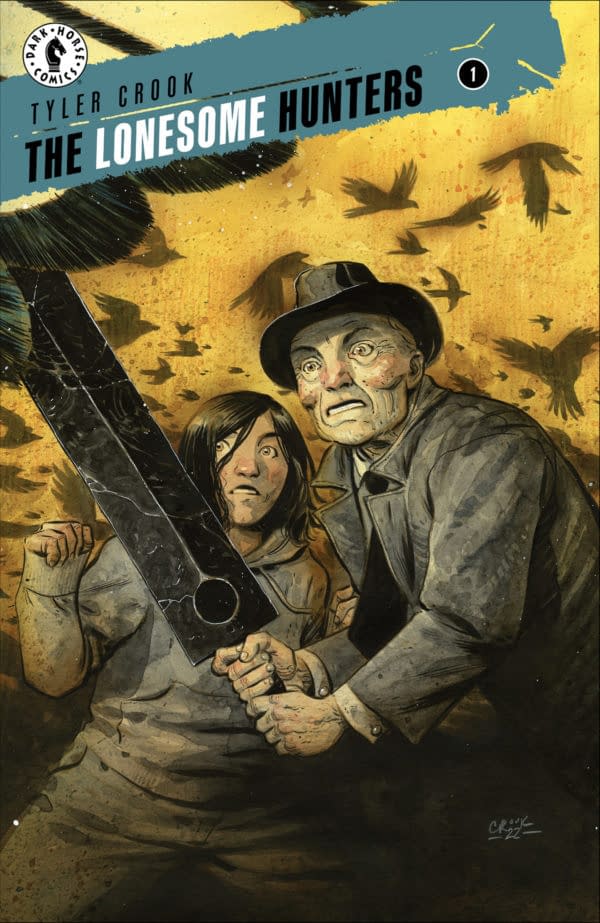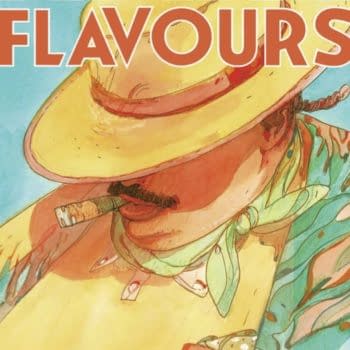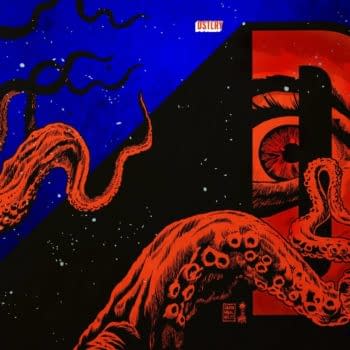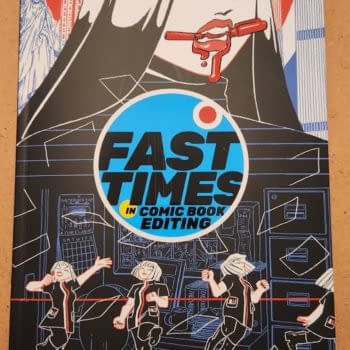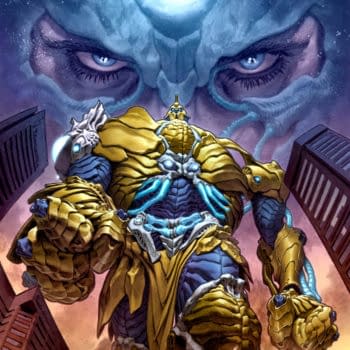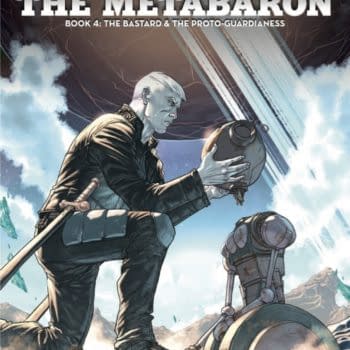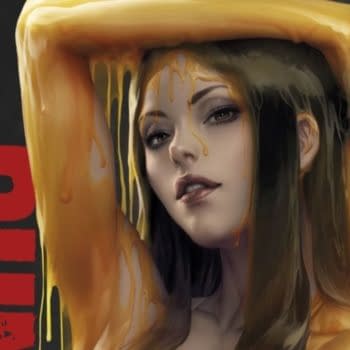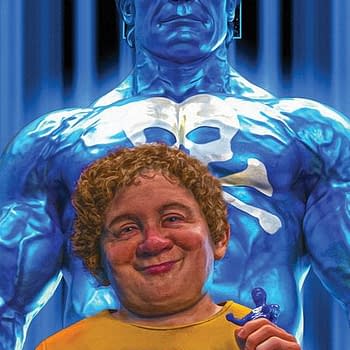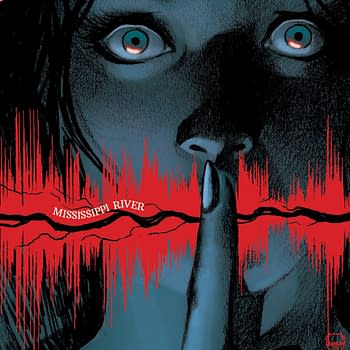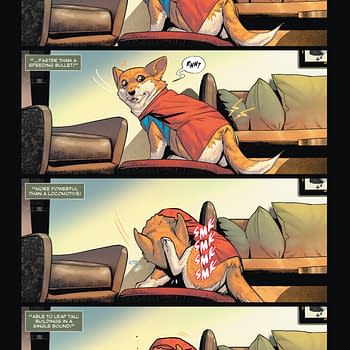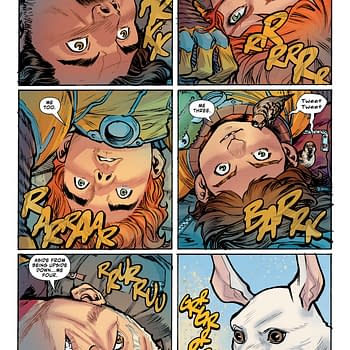Posted in: Comics, Dark Horse Comics, Review | Tagged: dark horse, Review, the lonesome hunters
The Lonesome Hunters #1 Review: We Might Be Through With The Past
In The Lonesome Hunters #1 (apparently a miniseries?), Tyler Crook (artist and co-creator of Harrow County) takes full control of a new series focusing on an old monster hunter (Howard) and a young girl (Lupe). To the surprise of no one, Crook's painted pages are uniformly stunners. The watercolors are better than I remember from Harrow County. Perhaps Crook leans a little too heavily on the airbrush, but that might be a conversation better suited for other painters.
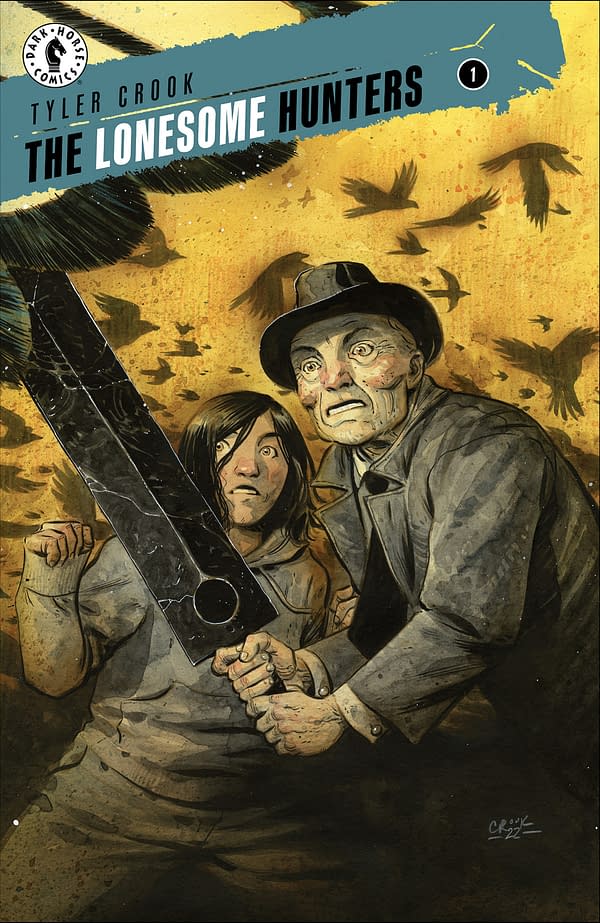
In a promotional video for the series, Crook describes the series as Lone Wolf & Cub meets Preacher, but sweeter than that pairing would imply. Dark Horse publishes no shortage of monster series, presumably thanks to Hellboy's wide influence, but also probably according to the taste of the company. Where The Lonesome Hunters #1 separates itself from the many series waiting in the wings is:
- While it's a bit premature to say Howard's a coward, the first scene shows Howard freezing up during a raid. He was pressed into service by his father, and in the course of an attack on "paganist heresy," his father was stabbed in front of him.
- Crook's spectacular painted pages.

Lupe, an innocent, moody teenage thief, brings the series fully into modernity and out of Howard's head. More to say about what happens next, but as John Updike said, go easy on the plot summary. Jude previously covered The Lonesome Hunters #1 here.
A new fantasy series written and drawn by Tyler Crook! From Russ Manning Award-winning and Eisner-nominated Harrow County cocreator Tyler Crook comes this supernatural fantasy about loss, power, and destiny. An old and out-of-practice monster hunter in hiding crosses paths with a young girl that forces him to confront these chaotic creatures. As the beasts invade their tenement, they set off on a supernatural road trip to stop these ancient evils in a story that explores the ways that youth informs adulthood and how early traumas can haunt us in old age.
